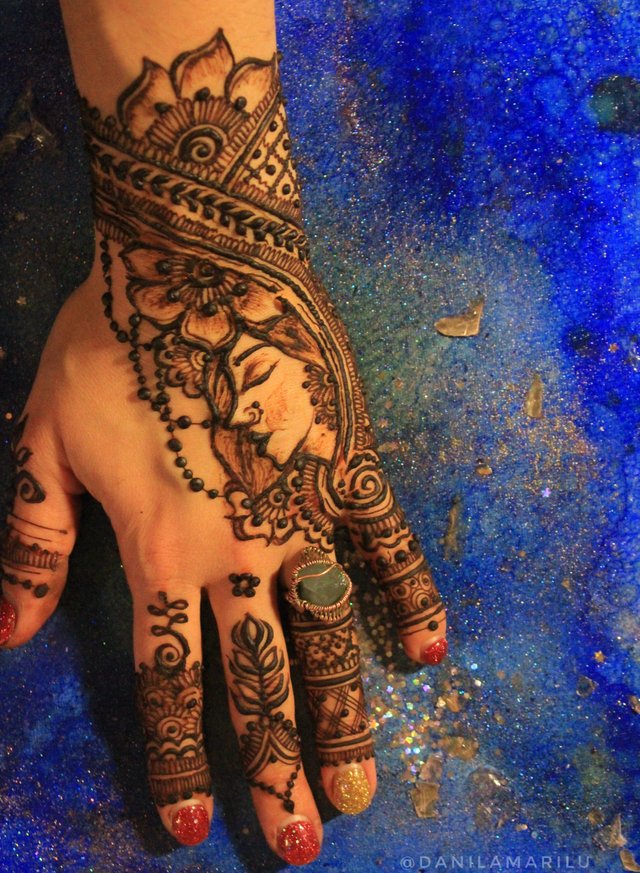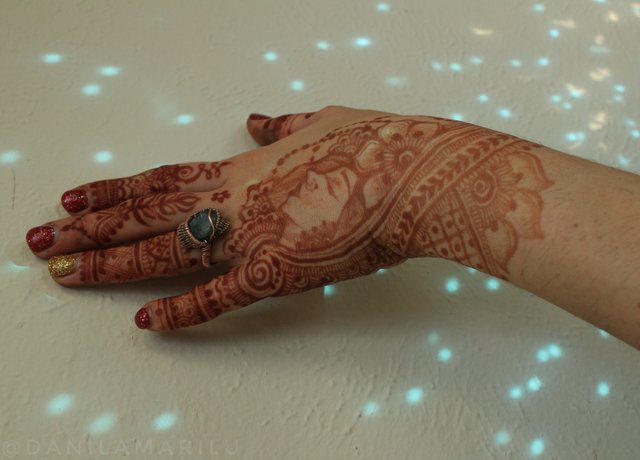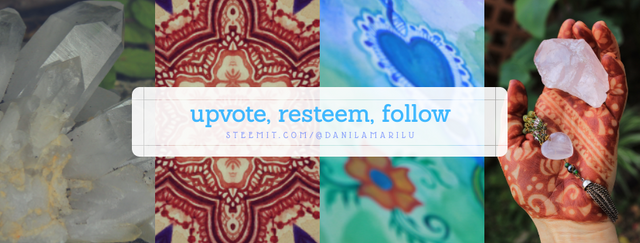Henna Pic of the Day 📷 Original Body Art
Natural Body Art
Henna is an ancient for of art. It is a plant based cosmetic and it has been used in body art for thousands of years.
The plant of henna (lawsonia inermis) that grows from South of Asia, the Middle East and North of Africa has natural staining properties.
The powdered leaves of this plant are mixed with a slightly acidic liquid (such as water, lemon, coffee or black tea), sugar and monoterpene essential oils (lavender, cajeput, eucalyptus, among others) to make a paste, which is applied on the skin with a hand made cellophane cone, or a glass syringe (this method of application is traditional in Morrocco) the syringe has a special tip that will NOT hurt or puncture the skin.

I've been a henna artist for 4 years now and always mix my own henna paste. This paste was made with organic henna powder, sugar, filtered water and lavender essential oil... Yes it smells divine! 💜
I've created this design two days ago inspired by the amazingly inspiring artist Anjali @anjali.henna
whom I've had the luck to take a class with at the last Henna Con in California last October!
After the henna paste series it will crumble and fall off, leaving an orange stain that will oxidize from bright orange to maroon within 48 to 72 hrs. This is how natural, organic henna works.

Henna Stain Day 1 ♡
Today the stain darkened even more! Natural henna always takes 2 to 3 days to fully darken and lasts from 2 to 3 weeks.
Beware that many artists use chemical "henna". CHEMICAL "henna" cones usually stink like turpentine, gasoline or kerosene, they contain harsh chemicals such as para-phenilenediamine aka PPD and it can cause severe burns, scars, kidney failure, cancer and liver failure. Chemical henna comes into industrialized cones, I'm leaving an image below of how chemical cones look like.👇
.jpg)
Thanks for reading and I hope you've enjoyed this post !
In love & light, @danilamarilu
Follow me on:
- Instagram: @danilamarilu

Truly mind blowing henna art !
Thanks so much @akkha !!!